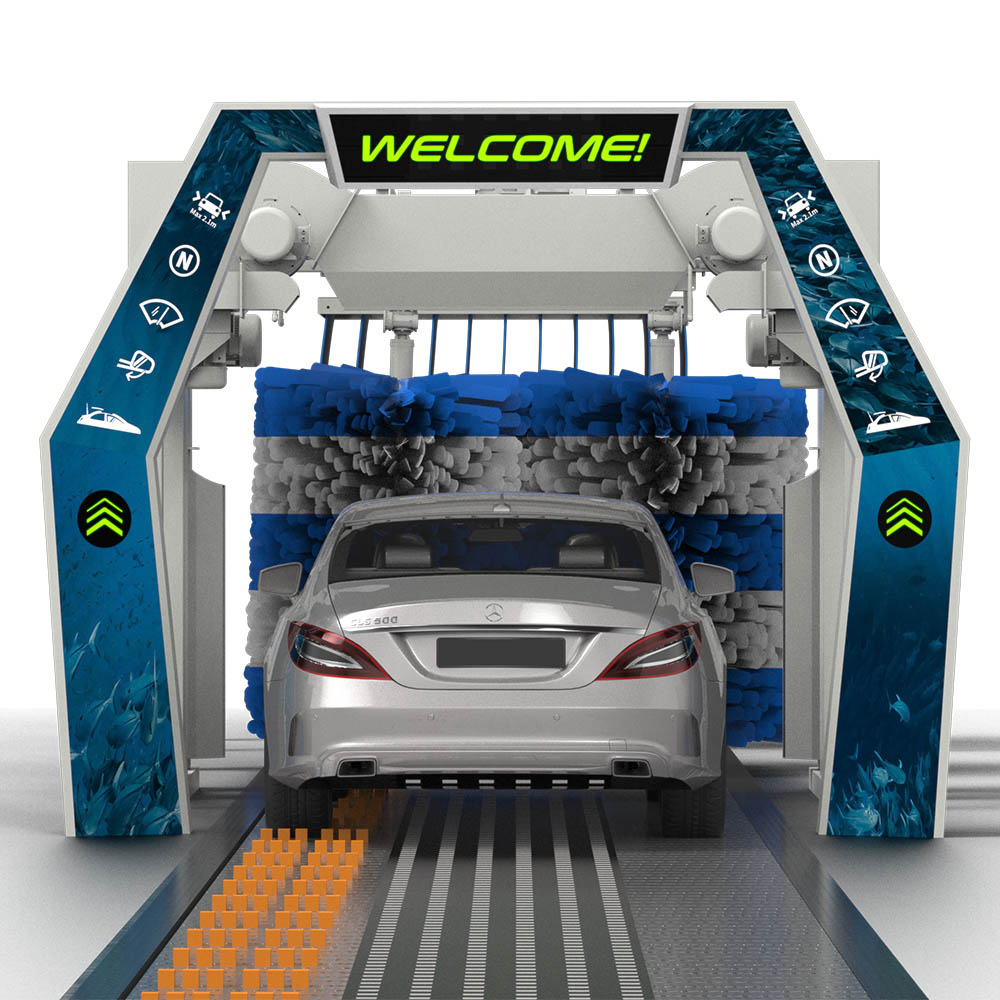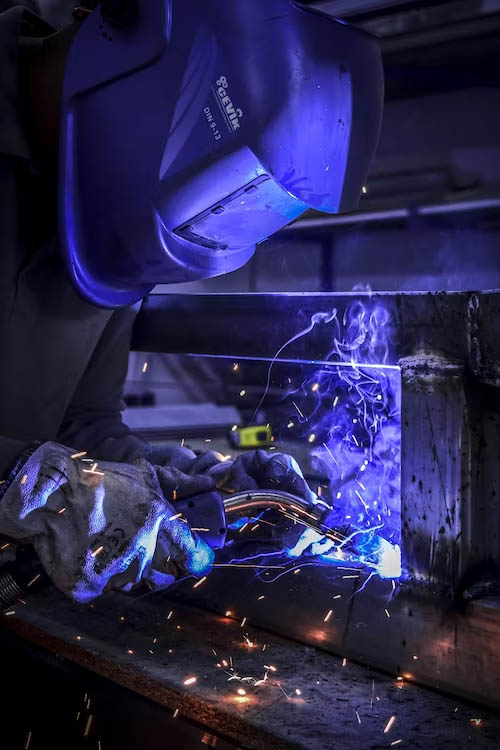To consistently achieve a cleaner, more efficient and effective car wash with a car wash machine, there are multiple factors that must be properly monitored, adjusted and synchronized to produce optimal cleaning results — equipment, detergents, water pressure, brush configuration, drying systems, and wash cycle duration. Each of these elements is interconnected, so when one or more are not optimized, issues compound and wash quality immediately suffers. Moreover, these components need to be regularly inspected and maintained to ensure consistency in cleaning performance.
Today’s car wash machines are highly advanced, automated and computerized systems. Modern car wash equipment needs to be precisely calibrated machinery, much like a high-performance engine that demands constant attention as the components endure stress and the usage counter climbs. However, with the aid of technology and a skilled maintenance team, operators can receive electronic alerts when any of these factors fall outside acceptable parameters and make the necessary adjustments.
Most of these elements have a tolerance range before a significant problem arises. Yet, once one of these factors exceeds an acceptable tolerance level, that element and others linked to it will need to be diagnosed and fine-tuned. Below are some key aspects worth considering when optimizing wash quality with your car wash machine.

Wash quality is all about understanding the driving forces behind it.
Equipment
Machine configuration is based on wash type, vehicle size range, throughput requirements, and desired cleaning outcomes. The type of brushes, nozzles, and applicators will dictate cleaning effectiveness.
Car wash equipment falls into two main categories: brush-based and brushless systems, which vary in their approach to vehicle cleaning. Brush systems are better for tackling stubborn dirt and grime. Brushless systems are ideal for maintaining delicate paint finishes.
Equipment positioning needs to be sequenced to manipulate the cleaning process from start to finish. The brush pressure should remain high during the main wash phase and at the lowest setting during the rinse and dry phases of the cycle.
Detergents
Chemical formulations need to be sized, dispensed and programmed correctly to achieve peak performance.
Detergent delivery lines from the storage tanks to applicators, brushes, and spray nozzles must be sized based on the distance to travel. Proper chemical concentration is crucial for all delivery systems.
Brush-based systems rely on a combination of mechanical action and chemical properties to clean the vehicle, while brushless systems depend more heavily on chemical action and water pressure to accomplish the same task.
Water pressure
Generally speaking, the more consistent the water pressure, the more effective the cleaning action on the vehicle.
Low pressure can decrease cleaning efficiency and create spots. Recirculated water is best for initial rinsing, and fresh water is ideal for final rinsing and spot-free finishing.
As the water pressure fluctuates, the cleaning effectiveness changes, requiring adjustments in detergent concentration or brush pressure to achieve the same degree of cleanliness.
Brush configuration
Proper machine layout (order and spacing of brushes, sprayers, dryers), detergent applications, and conveyor speed are critical to the ultimate wash quality.
Brush placement and nozzle configuration must be sized and properly positioned to maximize coverage, and the brush wear (indicating replacement need) should be constantly monitored and maintained for peak performance.
Detergent dispenser flow rates (indicating a blockage or a leak) and air pressure for pneumatic systems must be monitored and regularly maintained to achieve consistent wash quality.
Pre-soaking the vehicle before applying brushes or high-pressure sprays is imperative for the wash cycle to work efficiently.
Drying systems
The higher the air velocity, the more effective the drying process and vice versa.
As air flow increases, more water is removed from the vehicle surface, which may require adjustments in blower positioning during different weather conditions.
Some car wash machines need to be equipped with heated air systems or utilize enclosed drying zones to optimize water removal and achieve a spot-free finish.
Wash cycle duration
Time needs to be carefully balanced between detergent application, brush action, rinsing, and drying phases.
Conveyor or robot arm speed must be adjusted to balance throughput and cleaning performance (wash, rinse, dry, and finish).
As cycle time increases (to a limit of diminishing returns), the cleaning power typically improves.
A common misconception about achieving optimum wash quality (or a lack thereof) with car wash machines is that it is just one factor at play. However, it is always a combination of elements. The best way to avoid inconsistency in quality is to have constant monitoring and regular maintenance of core equipment by experienced technicians, who can be in short supply and costly. Employing monitoring technology is the most effective way to reduce labor and receive instant notifications of any issues. The primary benefit to optimizing your car wash machine through monitoring technology is the reduced downtime, consistent wash quality and a prolonged life of equipment, and an expert technician specializing in car wash operations can help the operator achieve this.
Get in Touch
If you have any questions about setting up a car wash facility, don’t hesitate to contact our team for advice. We’re here to help.
Mattias – Car Wash Machines is a subsidiary of Balance Group. which is a high-tech enterprise specializing in the research and development and production of fully automatic car washing machine equipment. The company is located in Shanghai, China. The main automatic car washing machines mainly include: self service car wash machine, conveyor car wash equipment(Tunnel Car Wash Machine), fully automatic gantry car washing machines(Inbay Automatic Car Wash Machines), touchless car washing machines(Contactless Car Wash Machine), and bus truck washing machines. No need for manual duty, computer intelligent control, the car washing machine is divided into brush car wash machine and brushless car washing machine to meet different car washing needs such as gas stations and auto beauty shops.



